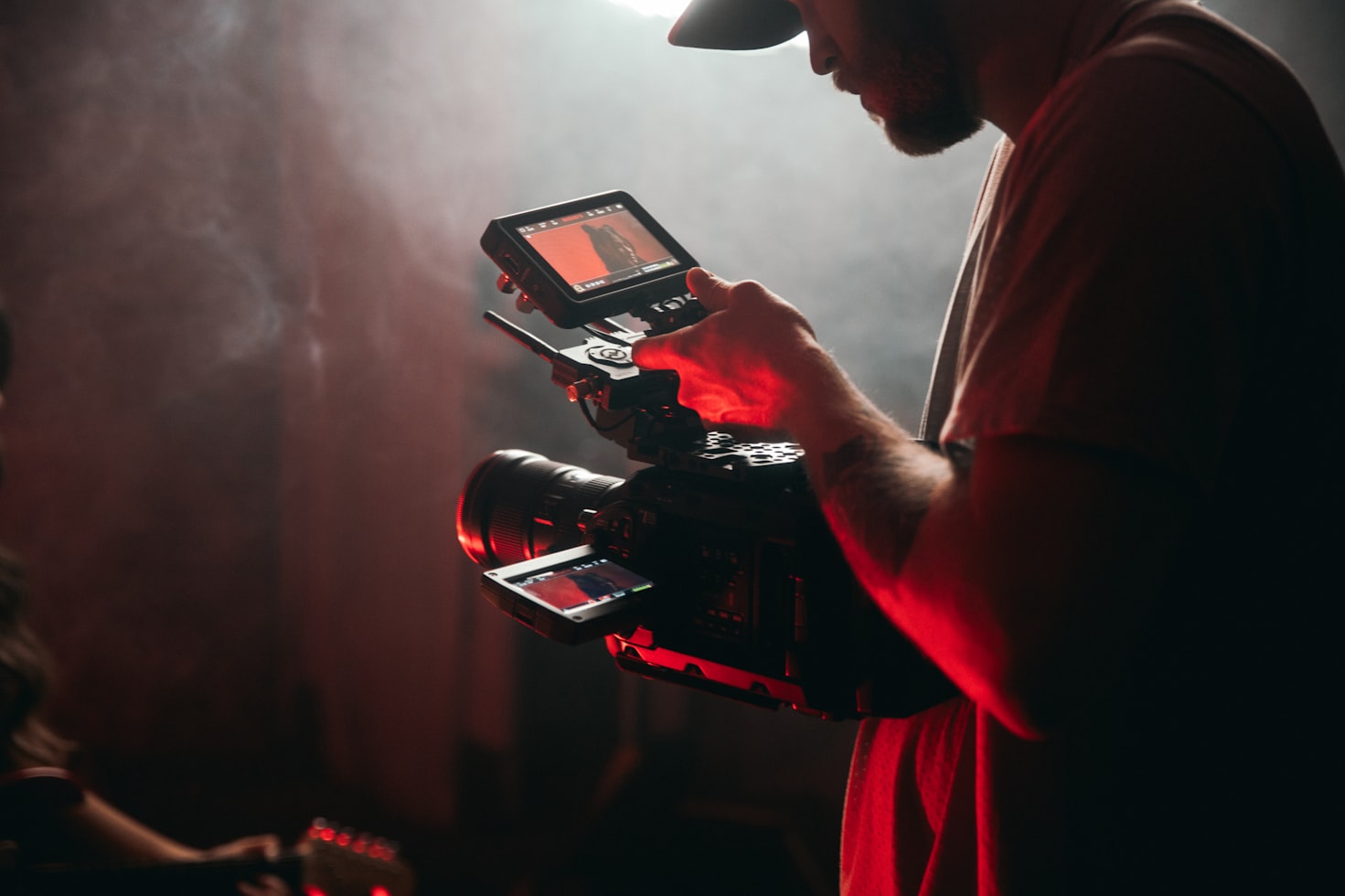Today we are going to tell you about cinematography. Filmmaking is more than just capturing activity. It also has to do with how the pictures are taken. In the realm of movies and television, this is referred to as photography.

Jump to:
- What Exactly Is Filmmaking?
- Why Is Photography Vital to the Art of Making Movies?
- Why Hire a Cinematographer?
What Exactly Is Filmmaking?
Filming is the use of photographs and visual narrative in a film or television programme. All aspects that can be seen on a screen are considered to be part of cinematography, including the lighting, framing, design, camera motion, camera positions, film or lens choice, depth of field, zoom, focus, colour, exposure, and filtration.
Why is photography vital to the art of making movies?
The general appearance and tone of a film’s visual story are established and supported by cinematography. The photographer must make sure that every visible component of the film’s mise-en-scène, also known as the visual elements that show on screen, is consistent and serves to further the narrative. To ensure that the movie will appear amazing on the big screen, filmmakers frequently decide to devote the majority of their money to excellent cinematography.
Why Hire a Cinematographer?
The camera and lighting personnel are under the direction of a photographer, also referred to as a Director of Photography. They are in charge of designing the appearance, palette, lighting, and composition for each and every scene in a movie. The cinematographer and director of the movie collaborate closely because it is the cinematographer’s primary responsibility to make sure that their decisions support the director’s overarching goal for the movie.
On more modestly funded projects, the photographer might also serve as the camera operator. The American Society of Cinematographers, which grants prizes for the best photography and enables members to add “ASC” after their names in credits, is a group that cinematographers who advance in the film business can join.
Selects a film’s artistic aesthetic
The visual strategy and manner of the movie are decided by the cinematographer. For instance, the cinematographer of a documentary movie chooses whether to use re-enactments or to extensively depend on still images and found video.
Determines the camera position for each picture
The sort of camera, lens, camera angle, and camera method that will best capture the scenario are all choices made by the cinematographer. Additionally, a photographer scopes out each scene and decides on the best view points for the camera in collaboration with the screenplay editor and, if required, the site manager. By doing this, the purpose and scope of the movie are preserved.
Decides how much light should be used in each scenario
To achieve the proper visual mood that the director desires, a cinematographer uses lighting. They need to be able to improve an image’s depth, contrast, and contour in order to support the mood of the narrative.
Shows up for practice
Since the blocking for a scene is likely to alter over time, a cinematographer joins the performers at their practises. In order to better suit the framing of the picture, cinematographers reposition the camera during practises in reaction to an actor’s body language and blocking changes.
